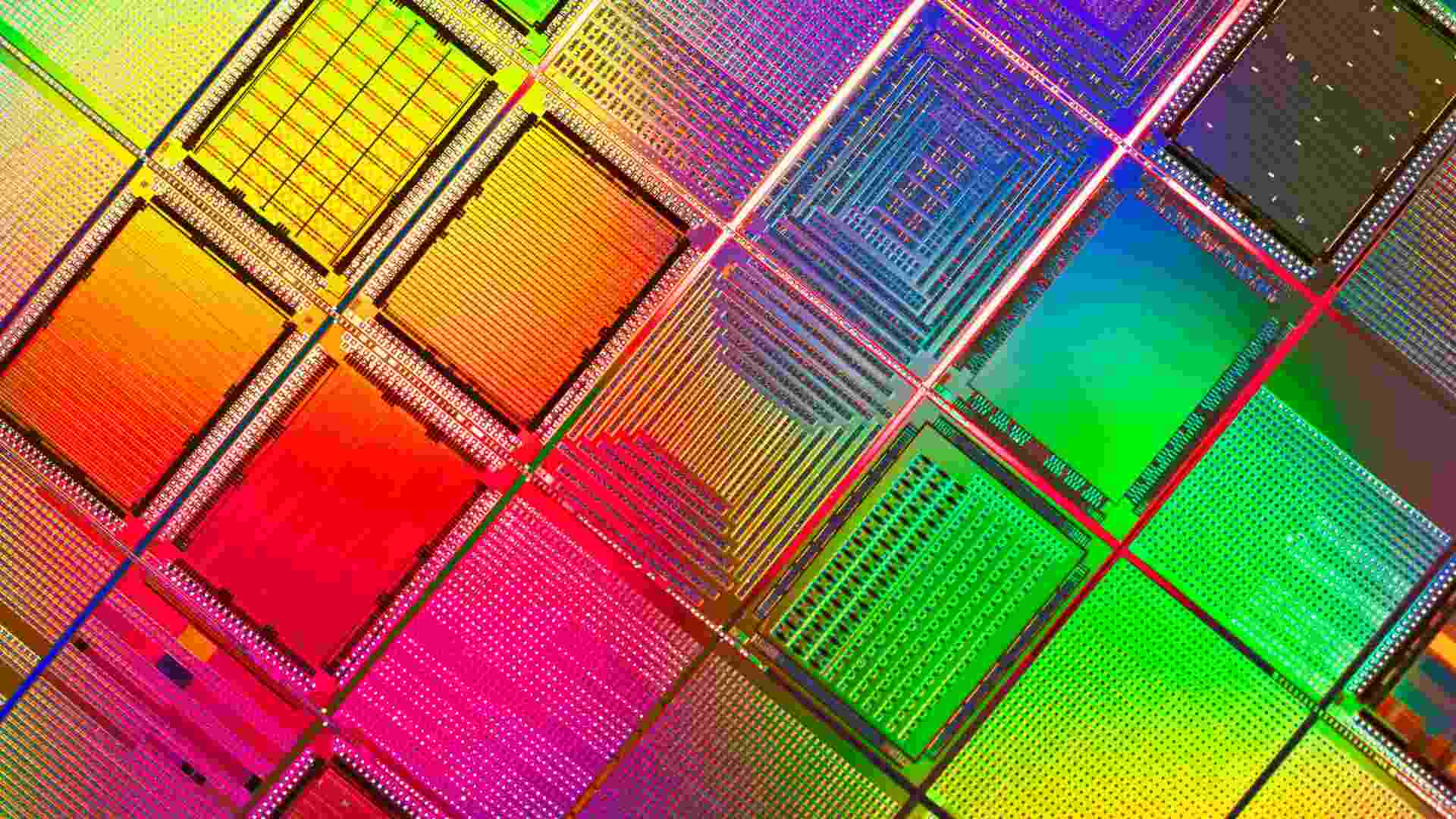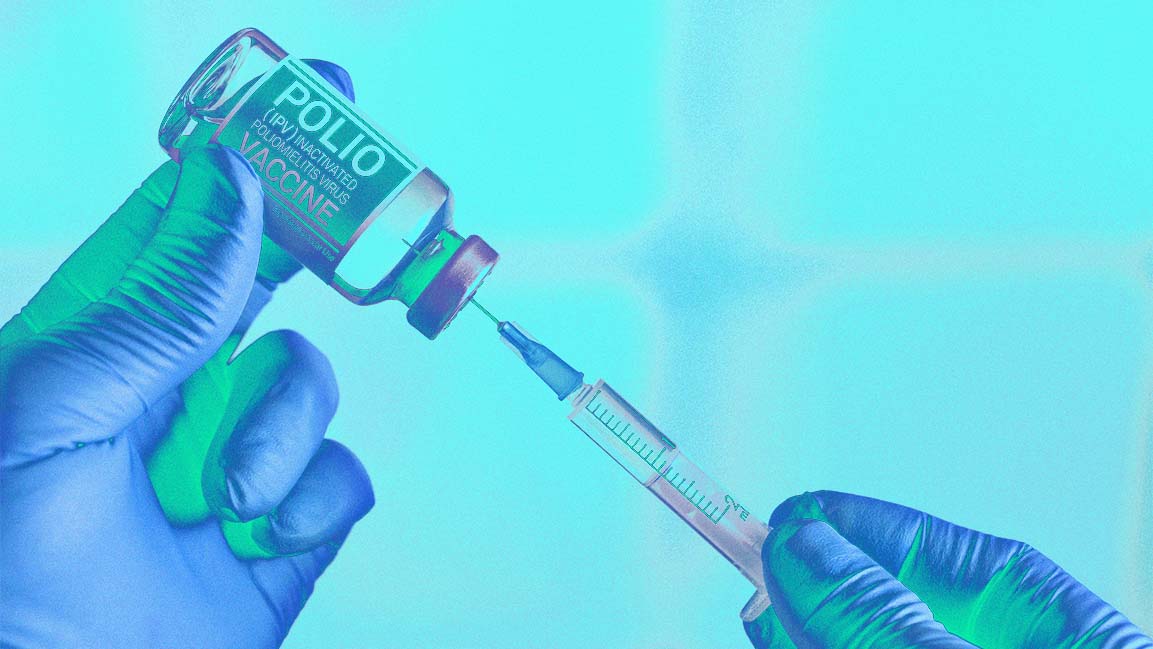- | 8:00 am
A new kind of battery could take foldable phones mainstream
Honor’s Magic V2 fixes the biggest problem with foldable phones.

It’s rare these days for a new phone to elicit wows from friends and family, but that’s what happened when I started using the Honor Magic V2.
The Magic V2’s foldable screen alone didn’t stun anyone—they already know I’m an avowed foldable phone guy, and my Samsung Galaxy Z Fold5 never gets the same reaction—but its slimness did: When folded, the Magic V2 is just 9.9 millimeters thick, which is only about 20% thicker than an iPhone. A foldable phone without size compromise is the holy grail for device makers, and Honor has more or less attained it.
While Honor partly attributes the slim design to an improved hinge, an equally significant breakthrough is inside, with a new type of battery chemistry that uses a silicon carbon anode. Each half of the Magic V2 contains a battery that’s roughly the thickness of a credit card, and Honor says they provide about 10% more total capacity than a traditional lithium-ion battery with an all-graphite anode.
“It’s impossible to use conventional technology to make something as thin and light as the V2,” Hope Cao, a tech expert at Honor, says through a translator.
So why doesn’t every phone use silicon carbon? Manufacturing at scale is still an obstacle, as is cost, with the V2 selling for 2,000 euros (roughly $2,157). That’s more than any other foldable phone, and Honor—which is headquartered in Shenzhen, China—doesn’t plan to launch the Magic V2 in the U.S.
But as interest in silicon anode batteries grows—fueled in large part by electric vehicles—foldable phones and other consumer gadgets stand to benefit. The Magic V2 offers a glimpse of what that’ll look like.
SLIMMER WITH SILICON CARBON
Crack open any phone or laptop, and you’ll see a battery hogging a huge amount of space. Even as processors become smaller and more power-efficient, batteries have only gotten bigger, as we rely on them to power ever-larger screens and more demanding workloads.
Silicon anode battery chemistry has been coveted by the tech industry as a solution for well over a decade now, because in theory it can store 10 times more lithium ions by weight than graphite. The problem is that silicon swells like a balloon when the anode is charging, and this quickly degrades the battery’s structure so it can no longer hold a charge.
“It’s not the swelling by itself, but it’s the fact that it causes cracking, exposes fresh surfaces, and more or less pulverizes the material as you charge and discharge,” says David Mitlin, a professor at the University of Texas at Austin’s materials science program and Texas Materials Institute.
To contain the swelling, battery makers have turned to carbon-based nanomaterials that can hold some silicon inside. Tesla has reportedly used silicon in its batteries for years, albeit at very low percentages, and Honor says it worked with its battery supplier on what it calls “in situ chemical vapor deposit,” which deposits silicon onto a porous carbon skeleton structure. This material replaces some of the graphite that a traditional anode would use instead.
“There are several other different technology pathways to use silicon carbon, but we are the only ones that have commercialized it on mobile phones with this direction so far,” Cao says. (Bloomberg has named TDK as Honor’s battery supplier, but Honor will not confirm this.)
Cao says to expect more devices with silicon-carbon batteries in the future, both from Honor and others. Its forthcoming Magic6 Pro phone already has an improved silicon-carbon battery that can last longer at lower temperatures, and Cao says it’s only a matter of time before the new battery chemistry is commonplace.
“With technology evolution, with maturity of the supply chain getting better, with the volume coming up, as well as the cost . . . we believe it’s going to happen in the future,” he says.
WAITING FOR MORE
Still, some obstacles to mass adoption are in the way.
For one thing, consumer electronics makers will have to contend with demand from the automotive industry, which is spurring much of the investment in silicon-based anodes to begin with. Gene Berdichevsky, cofounder and CEO of California-based battery startup Sila, says battery makers may only be using consumer electronics as proofs of concept before turning their focus to EVs.
That’s essentially what Sila did in 2021, when its own silicon-based material debuted in the Whoop fitness band. The startup hasn’t announced its presence in any new gadgets since then, as Berdichevsky says the company has prioritized EVs as it scales up manufacturing.
The batteries themselves also have room for improvement. While Honor won’t disclose an exact ratio of silicon-carbon to graphite, the Magic V2 has a 5,000 milliampere-hour (mAh) battery, and the company estimates that the capacity of an all-graphite battery would be 450 mAh to 500 mAh lower. (By comparison, Samsung’s Galaxy Z Fold5 has a 4,400 mAh battery, while the non-foldable Galaxy S24 Ultra has a 5,000 mAh battery.) I was happy with the Magic V2’s battery life, but a 10% increase in density is a long way from the tenfold improvement that silicon theoretically promises.
“We will continue to improve the silicon content in the battery system, and improve the power density of it,” Cao says.
Berdichevsky says Sila replaced 30% of the graphite in Whoop’s battery with silicon-based material. He claims there are “other consumer electronics devices in the field where we’ve replaced 100% of the graphite anode,” but won’t disclose them.
“Over time—let’s say the next five years—you’ll get to where 100% of the graphite’s replaced, and that’ll have really meaningful impact on run times and on recharge times,” he says.
At that point, the investments in silicon-based anodes for EVs might finally trickle down to consumer electronics in earnest. As Berdichevsky points out, the anode material from a single EV is equivalent to roughly 10,000 cellphones. As EV manufacturing scales up, producing next-gen batteries for consumer tech will eventually become trivial.
“What you will see is, as the big automotive plants come online, this type of technology will become prevalent very quickly in consumer electronics,” he says.
In the meantime, you might see some occasional glimpses of what new battery chemistry can do for consumer tech. The Magic V2 is the best example yet.
This story has been updated to clarify the amount of graphite with silicon-based material replaced in Whoop’s fitness band battery.






































